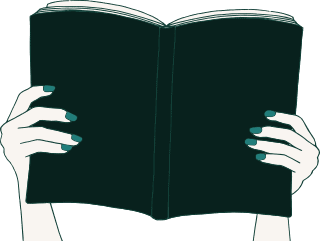In children’s literature, young readers come into contact with fictional representations of their own age, as well as other ages. How those age representations in literature are experienced by readers – both young and old – and how readers use those interpretations to shape and make sense of their own age and the age of… Continue reading What readers make of age, decline and wisdom
Type: Scientific publications
Different aspects of age in the oeuvre of David Almond
In recent decades, age studies has started to emerge as a new approach to study children’s literature. This book is co-authored by several members of the CAFYR team and builds on that scholarship but also significantly extends it by exploring age in various aspects of children’s literature: the age of the author, the characters, the… Continue reading Different aspects of age in the oeuvre of David Almond
Intergenerational friendship or desire?
Diana Wynne Jones’s Fire and Hemlock (1984) and Ali Smith’s Autumn (2016) are two British novels that evoke an intense friendship between a girl and an older man. In this article, Vanessa Joosen explores their experimental narrative forms which include a complex chronology, unreliable narrator, dream scenes, gaps, and a rich intertextual network to frame an intergenerational friendship that… Continue reading Intergenerational friendship or desire?
No country for old women
In this essay, Michelle Anya Anjirbag uses Neil Gaiman’s Stardust, The Sleeper and the Spindle, and ‘Chivalry’ to examine the intersection of age and gender in his fairy-tale appropriations to consider how fantasy can reiterate stereotypical representations of older women. By drawing on the age studies work of Sylvia Henneberg and Susan Pickard to consider ageism… Continue reading No country for old women
Encounters of a dreamy kind
Dreams can function in children’s books as a means to connect young characters and older figures in the story. In this article, Vanessa Joosen presents three methods to study intergenerational encounters in and through dreams in a selection of contemporary Dutch children’s books. She does this by means of a digital analysis of a corpus… Continue reading Encounters of a dreamy kind
Connecting research regarding age
Despite their shared interest in questions of age, prejudice and agency, the fields of childhood studies, age studies and children’s literature studies remain relatively separate. This is clear from their diverging definitions and uses of terms such as ‘ageism’, ‘aetonormativity’, ‘adultism’ and ‘childism’. In this article, Vanessa Joosen employs the concept of ‘childism’ (John Wall)… Continue reading Connecting research regarding age
